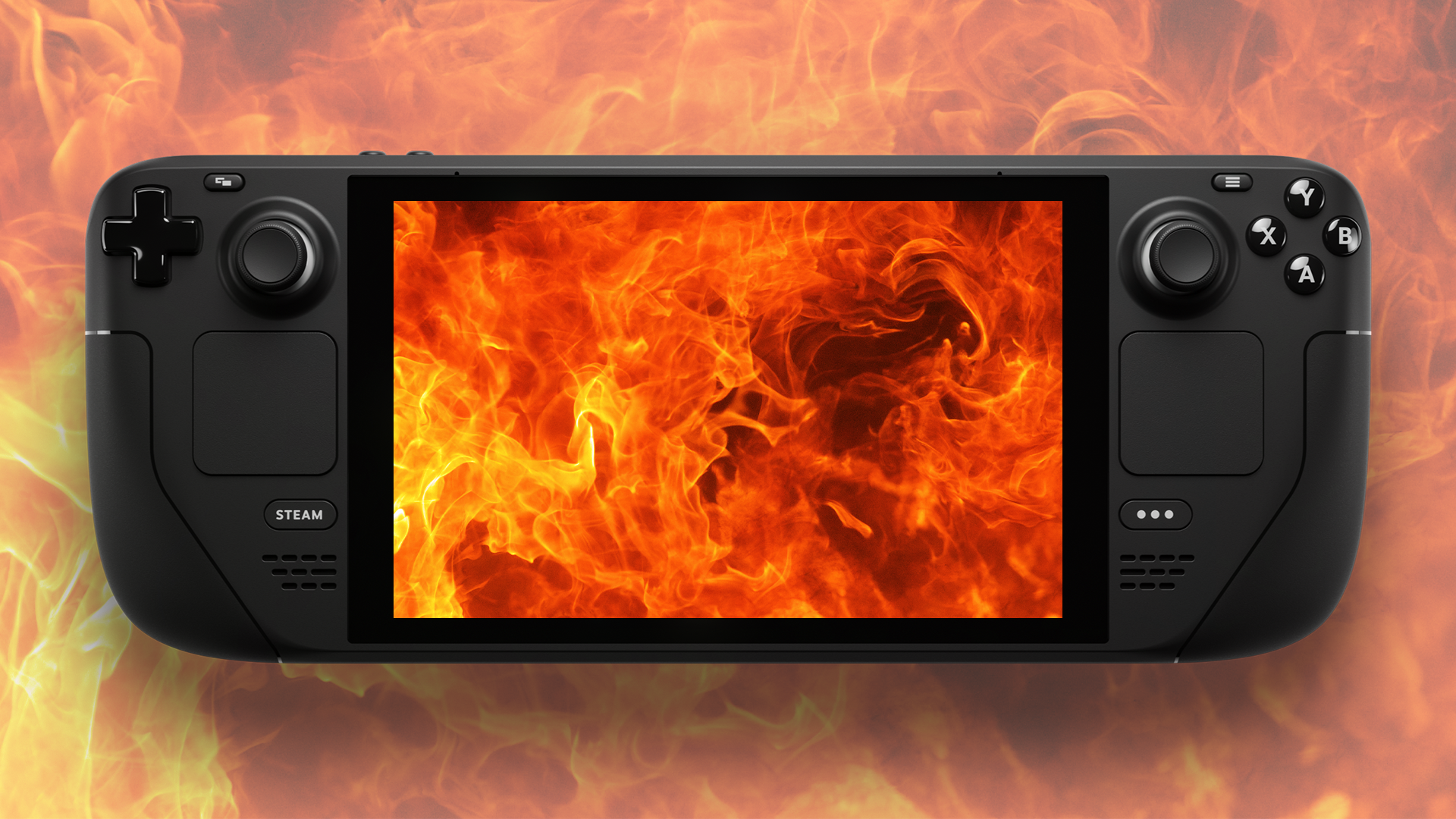Quick Links
After enduring a month of global heatwaves, Valve is worried that Steam Deck users could accidentally burn out their console. The company introduced a new "Steam Deck is too hot" warning with the SteamOS 3.3 update. If you see this warning, you need to make some adjustments to keep your console from throttling or overheating.
Thankfully, these adjustments are pretty straightforward. We're going to tinker with your console's performance settings to reduce power consumption, which will improve better battery life and thermals when playing AAA games.
How to Improve Steam Deck Thermals
Before you tinker with any settings, let's do some quick troubleshooting. Check that you can hear and feel your Steam Deck's fans when playing a game---if not, contact Steam Support or buy a replacement fan. And if you're outside in the hot sun, go inside so the Steam Deck can stay cool. This console isn't made for heat waves.
Now, open a game and press the three-dot button on the right-hand side of your Steam Deck to pull up the quick options menu. Tap the battery icon. You'll see a brightness slider and an "Advanced View" button. Reducing screen brightness can boost your battery life (and slightly improve thermal performance), but we want to enter the "Advanced View" for more powerful settings.
After opening the "Advanced View," you should see options for your device's FPS and refresh rate. Lowering your refresh rate can reduce latency, but capping the FPS at a low value (such as 30FPS) will save battery life and slightly improve thermals.
You'll get a better handle on thermals and battery life by reducing system wattage and GPU clock speed---this may also improve performance in some AAA games. I suggest lowering the GPU clock speed to 1,000 MHz and setting the wattage slider to the same value. (If you find that these settings negatively impact a game, increase wattage and GPU clock speed until everything works properly.)
Here's the only problem; you don't necessarily want these performance settings in every game. The GPU clock speed is especially troublesome, as it's a static setting. That means AAA games will use less power, but lightweight indie games will use more power.
To get around this problem, I strongly suggest ticking the "per-game settings" box at the top of "Advanced View." This will apply your new performance settings only to the game that's currently open.
If your Steam Deck still gets too hot after adjusting performance settings, you should contact Steam Support. Bear in mind that some games just don't work properly on the Steam Deck---you can check the full list of Steam Deck Verified games at Valve's website.

